Le Corbusier’s works listed among UNESCO World Heritage sites
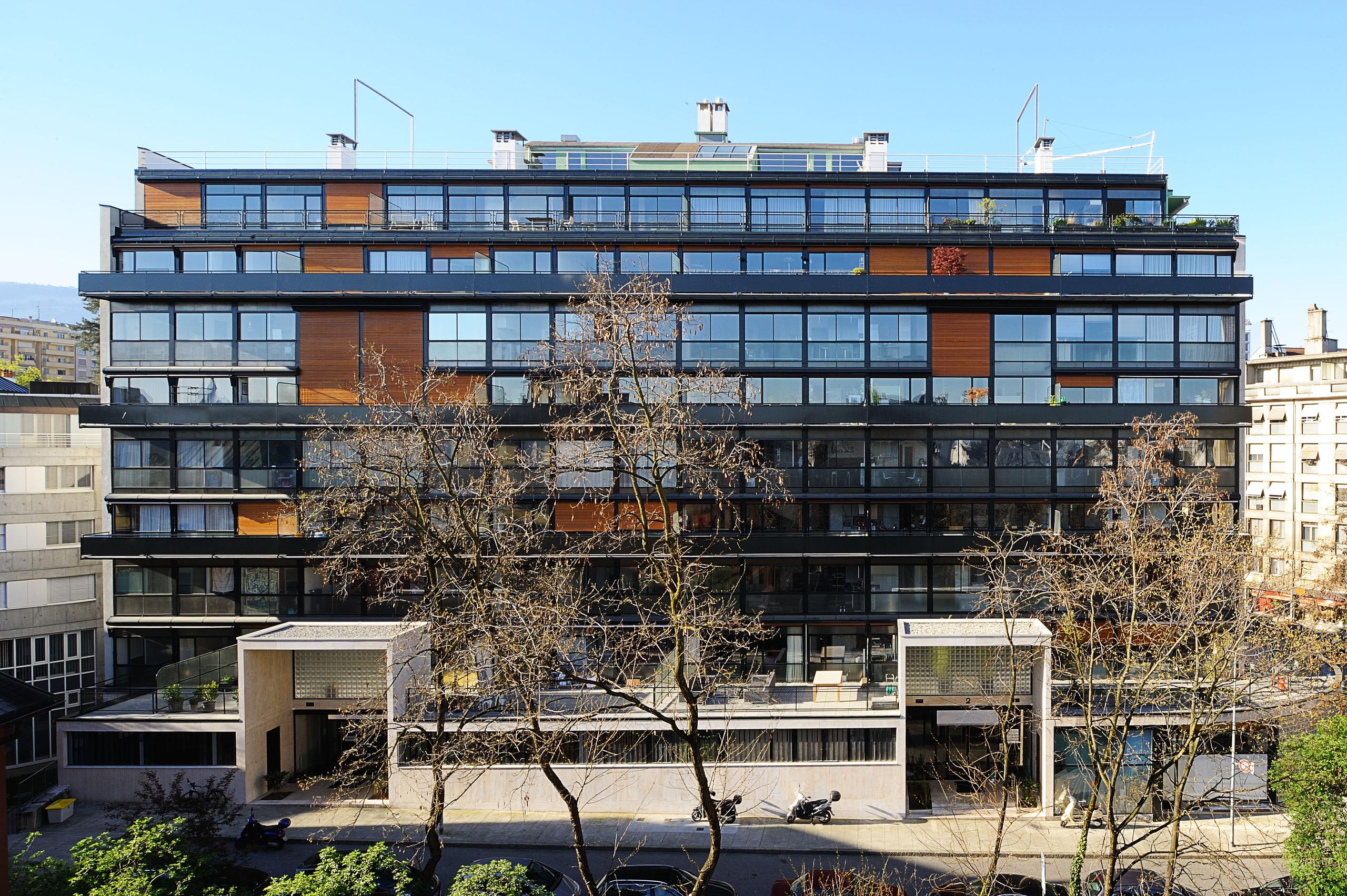
The importance of Le Corbusier’s works has finally been recognised by UNESCO. Why did it take Switzerland so long to appreciate the greatness of the Swiss-French architect?
UNESCO added the architectural works of Le CorbusierExternal link – buildings in Switzerland, France, India and Argentina, among others – at the 40th session of the body’s World Heritage Committee on Sunday.
An image of Le Corbusier – his horn-rimmed glasses raised to his forehead – has adorned the Swiss ten-franc note since 1997. “A wonderful honour for what is 5 x 2 francs,” said Swiss satirist Plonk ironically. The other half of the artistic duo, Replonk, added that it is usual for Switzerland to wait for an artist to become famous abroad before it pays homage.
The Swiss author Nicolas Verdan, who wrote a novel titled “Saga, Le Corbusier”, is of a similar opinion. “Switzerland kept its distance from its famous architect for a long time, and he paid his country back.”
This is most evident in his memoirs and private notes. Verdan said the man born as Charles-Edouard Jeanneret in the western Swiss town of La Chaux-de-Fonds in 1887 often added criticism or words of disillusionment next to the word Switzerland.
His disdain for the country can also be seen in this archive footage of a Swiss television reporter attempting to ask the architect questions.
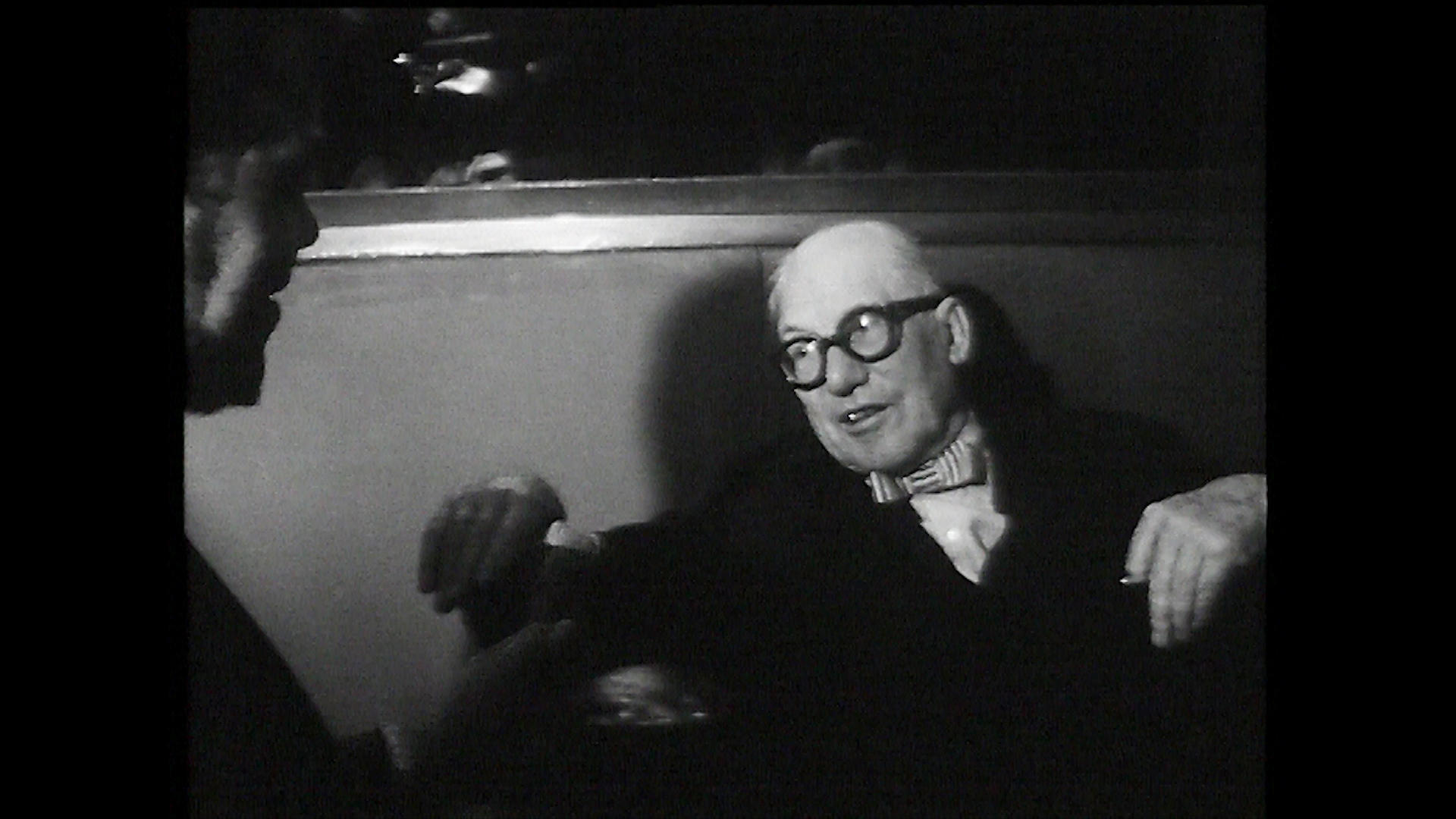
More
Archive footage of the man and his moods
“He became even more frustrated when he wasn’t commissioned to build the Palais des Nations (UN building) in Geneva,” concluded Verdan.
Le Corbusier
Charles-Edouard Jeanneret, who called himself Le Corbusier, was born in La Chaux-de-Fonds, Switzerland, in 1887.
After training as an engraver at the College of Art there, he made the leap to architecture.
He settled in Paris in 1917, where he opened an architecture firm.
In 1919, he launched the journal Esprit Nouveau.
From 1920 on, “purism” was his watchword.
From 1929 on, his work focused on the problems of overcrowded cities.
He died in 1965 at Roquebrune-Cap-Martin, on the French Riviera, where he had built a holiday retreat.

In compliance with the JTI standards
More: SWI swissinfo.ch certified by the Journalism Trust Initiative
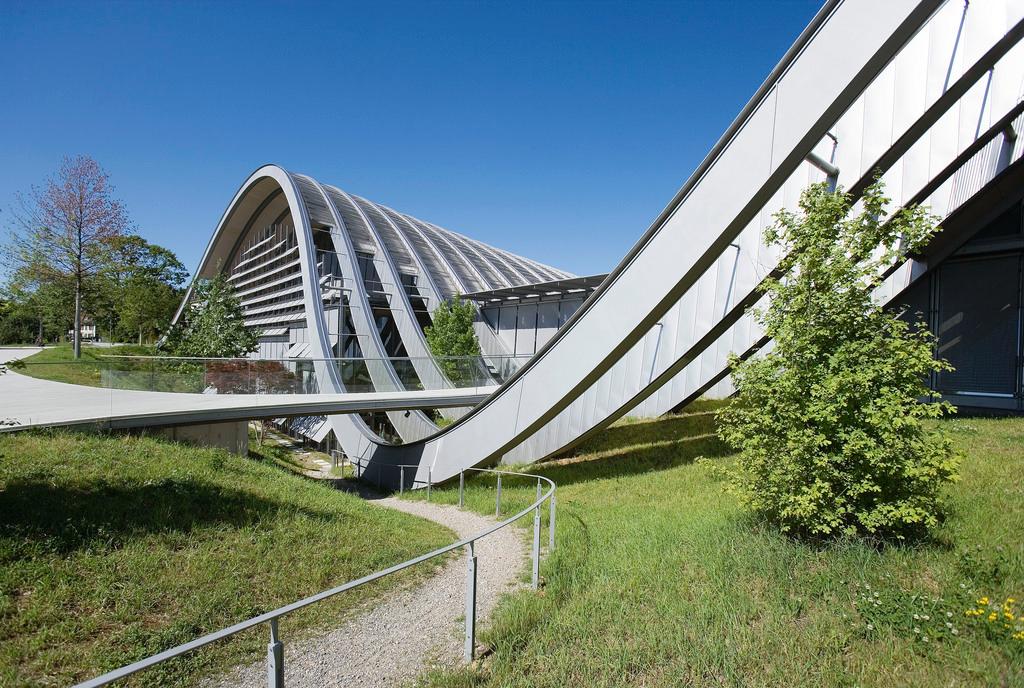
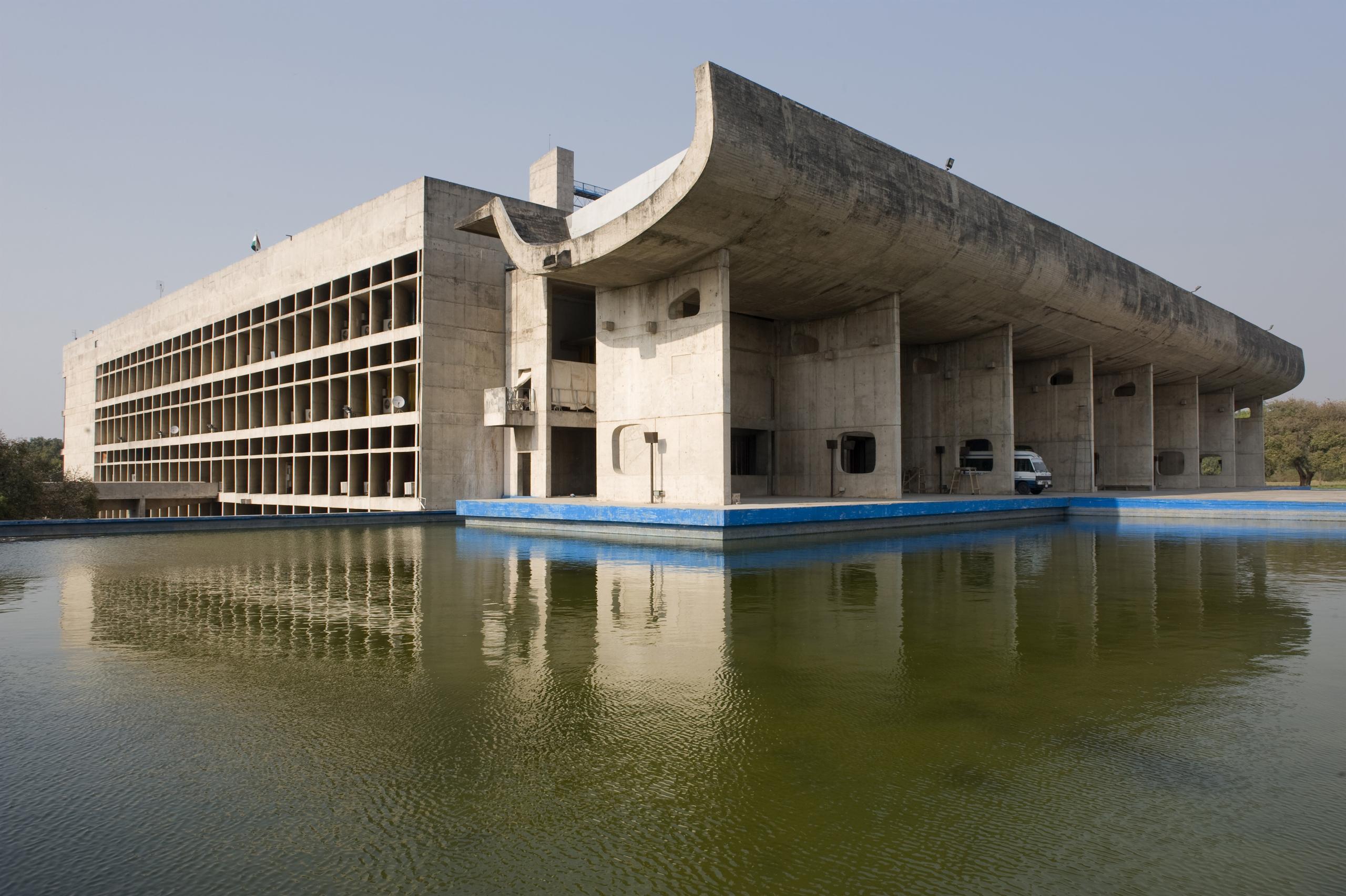

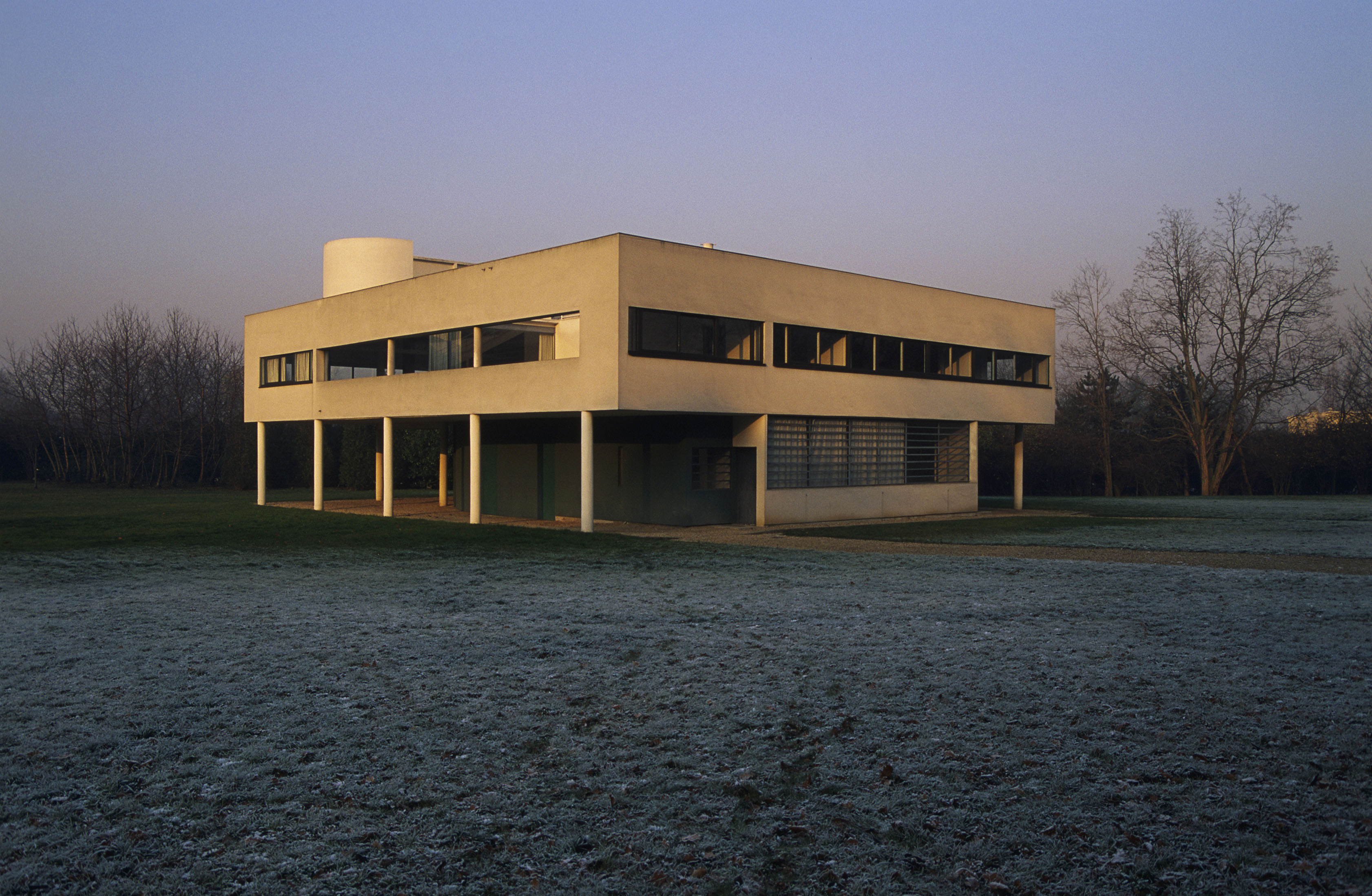
You can find an overview of ongoing debates with our journalists here. Please join us!
If you want to start a conversation about a topic raised in this article or want to report factual errors, email us at english@swissinfo.ch.